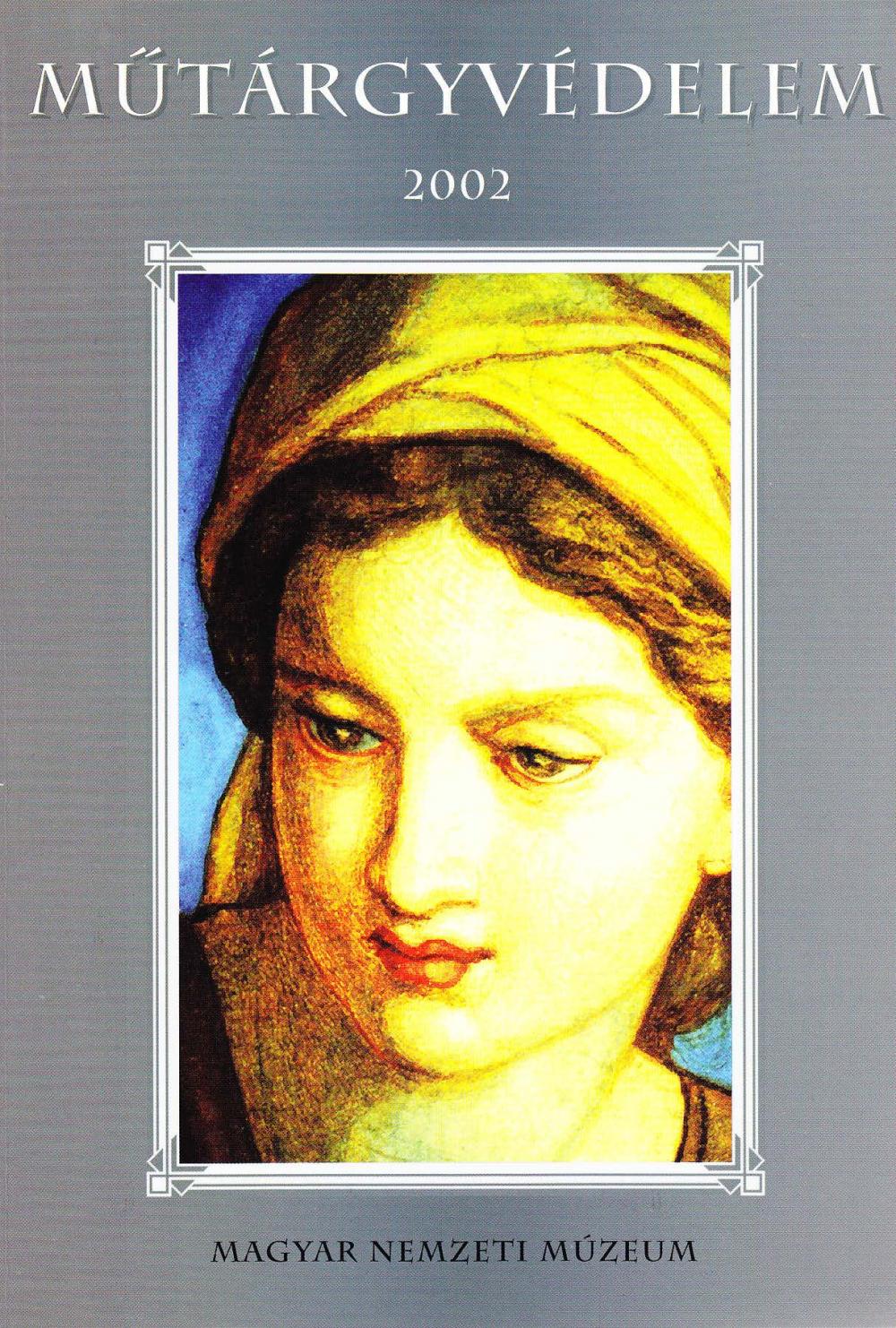The hidden quadripus – Reinterpretation of the Polgárdi silver find
New results of scientific research after the Kőszárhegy stand was handed in more than a hundred years ago were published in the 2002 issue of Műtárgyvédelem (Conservation of Artworks).
“However the tensions in the object, which was earlier forced together as a tripus, the 90° angle of the handles on the original and of the galvano-plastic legs, the verifiable use of quadrupeds in the 4th century A.D. and the distribution in relation to halving the hidden fragments making up half the quadripus indicate that the folding stand discovered near Polgárdi was possibly a quadruped from the 4th century A.D. Therefore, we suggest completing it as a four-legged stand, a quadripus, when the artwork is reconstructed.
The discovery of the Polgárdi silver find is as significant as ever, since only a very few similar objects of this kind are known from the territory of the Roman Empire. The find is still unique of its kind. The importance of the artwork is enhanced by the presumed connection which links the Polgárdi find to the Seuso treasure.”

